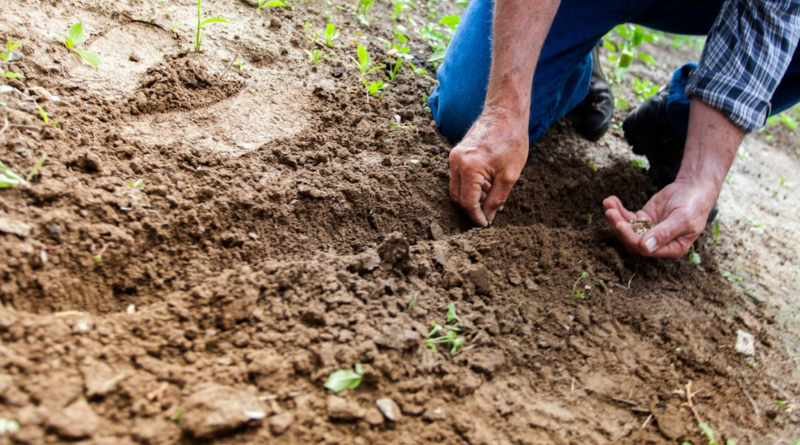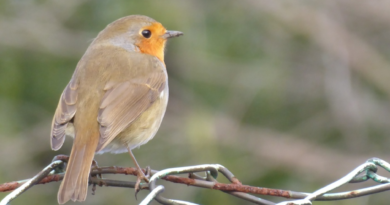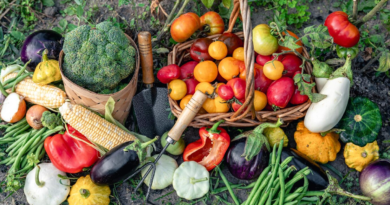March Allotment Tasks: Your Guide to Springtime Gardening Success
March heralds the eagerly anticipated arrival of spring, a time when the natural world begins to awaken from its winter slumber. For allotment holders, this transitional period marks the beginning of the gardening season, brimming with promise and opportunity. As daylight hours lengthen and temperatures gradually rise, the allure of the allotment beckons, inviting enthusiasts to immerse themselves in the earthy delights of cultivation.
With the arrival of March, it’s time to shake off the last vestiges of winter and embrace the bountiful potential of the season ahead. As the sun’s warming rays coax dormant plants back to life, allotment holders across the country eagerly don their gardening gloves and dust off their trusty tools, ready to embark on a journey of growth and abundance.
In this detailed guide, we’ll delve into the essential tasks that lie ahead in March, providing comprehensive advice to ensure that your allotment thrives throughout the year. From soil preparation to sowing and planting, we’ll cover everything you need to know to set the stage for a successful growing season.
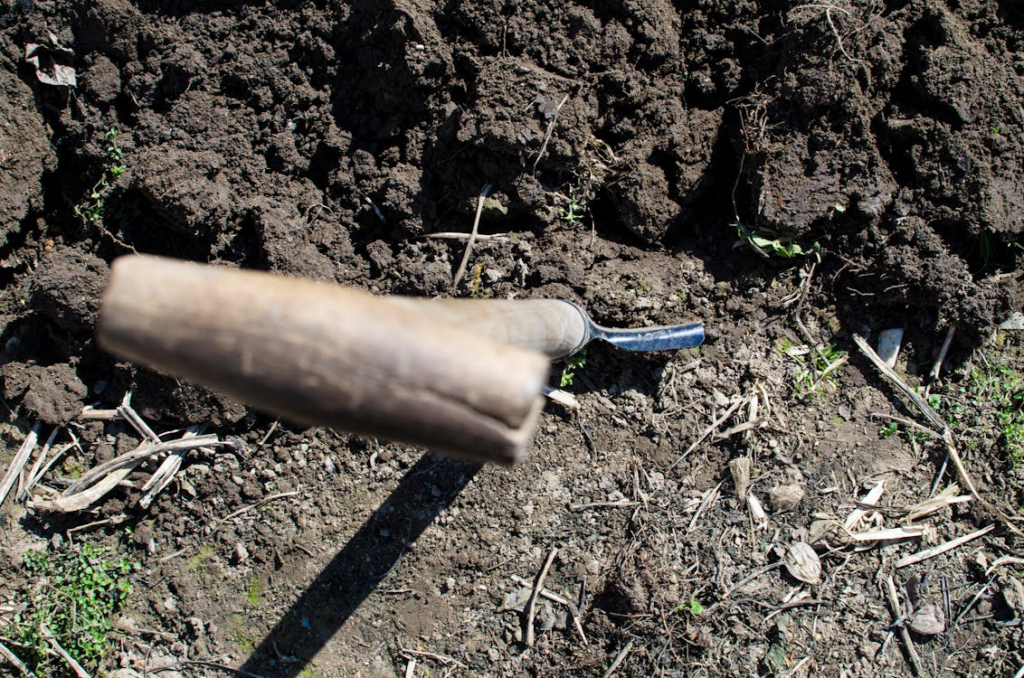
But first, let’s take a moment to appreciate the magic of March. It’s a month of transformation, as the landscape undergoes a remarkable metamorphosis, bursting forth with vibrant colours and intoxicating scents. It’s a time of renewal and rebirth, offering a fresh start and a chance to cultivate new beginnings in the fertile soil of the allotment.
Roll up your sleeves and prepare to dive into the enchanting world of allotment gardening. With each passing day, the allotment becomes a canvas for creativity and a sanctuary for the soul, offering respite from the hustle and bustle of modern life. As you immerse yourself in the rhythms of nature, you’ll discover a profound sense of connection to the earth and a deep appreciation for the wonders of the natural world.
So, without further ado, let’s dive into the heart of March and explore the essential tasks that await us on the allotment. From preparing the soil to sowing seeds and nurturing tender seedlings, there’s plenty to do as we usher in the season of growth and abundance. With a little patience, dedication, and a touch of green-fingered magic, your allotment will soon be teeming with life, ready to yield a rich harvest of fruits, vegetables, and memories to treasure for years to come.
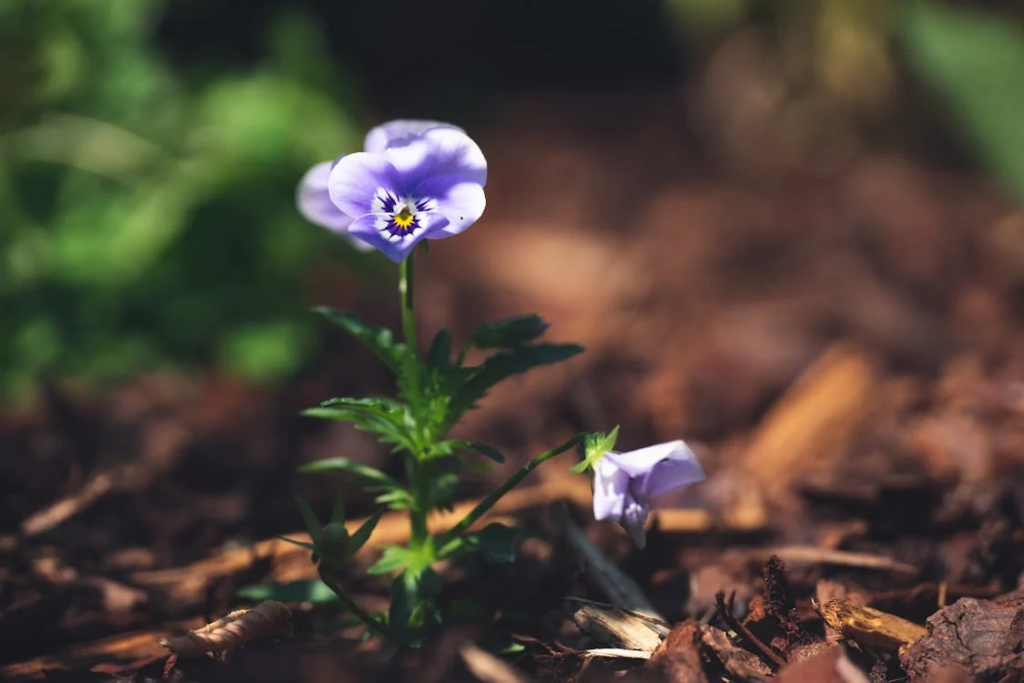
Soil Preparation:
Clearing any remaining debris and weeds from your allotment beds is the first order of business in March. Take the opportunity to dig over the soil, breaking up any compacted areas and incorporating organic matter such as compost or well-rotted manure to improve soil structure and fertility. It’s also a good idea to take soil samples for testing to determine nutrient levels and pH, allowing you to make any necessary adjustments before planting.
Sowing and Planting:
March is the ideal time to start sowing hardy vegetable seeds directly into the ground. Consider sowing peas, broad beans, carrots, parsnips, spinach, and lettuce, taking advantage of the moist soil and cooler temperatures. Additionally, you can plant onion sets and shallots in well-prepared soil, and if conditions allow, plant out early potatoes in containers or directly into the ground. For those with fruit bushes and trees, consider planting out bare-root specimens such as raspberries, blackcurrants, and apple trees.
Protecting Against Frost:
While March brings warmer weather, late frosts can still pose a threat to tender plants. Keep a close eye on weather forecasts and be prepared to protect young seedlings with fleece or cloches. Investing in a greenhouse or polytunnel can provide added protection and help extend the growing season for vulnerable crops.

Weed Control:
Weeds can quickly take hold in your allotment if left unchecked, so stay on top of weed growth by regularly hoeing between rows and around plants. Mulching bare soil with organic materials such as straw, wood chips, or cardboard can also help suppress weed growth while retaining soil moisture, reducing the need for frequent weeding.
Pest and Disease Prevention:
Vigilance is key when it comes to pest and disease prevention in the allotment. Regularly inspect plants for signs of pests such as aphids and slugs, as well as common fungal infections. Encouraging natural predators by creating wildlife-friendly habitats can help keep pest populations in check, while practising good crop rotation can help prevent the buildup of pests and diseases in the soil.
Maintenance Tasks:
As you prepare your allotment for the season ahead, take the time to repair and clean gardening tools and equipment, ensuring they’re in good working order. Check irrigation systems for leaks or damage, and prune fruit trees and bushes to remove dead or diseased wood. Keeping paths and walkways clear of debris and weeds will also ensure easy access to all areas of the allotment.
Planning and Organisation:
Finally, take the opportunity to review your allotment layout and crop rotation plan for the upcoming season. Consider creating a planting schedule or calendar to keep track of sowing, planting, and harvesting dates for different crops, and explore the benefits of companion planting to maximise space and enhance plant health and productivity.

By implementing the tips and techniques outlined in this guide, you’ll not only set the stage for a bountiful harvest in the months to come but also lay the foundation for a fulfilling and rewarding gardening experience. Remember to approach each task with enthusiasm and dedication, embracing the challenges and triumphs that come with nurturing the land.
As you delve into the world of gardening, don’t forget to take regular breaks to rest and recharge, ensuring that both body and mind remain in peak condition throughout the season. Stay hydrated, listen to the rhythm of nature, and take time to savour the simple joys of tending to your allotment.
Above all, relish the therapeutic benefits of gardening, allowing the sights, sounds, and scents of the natural world to soothe your soul and rejuvenate your spirit. Whether you’re sowing seeds, pulling weeds, or simply enjoying the beauty of your flourishing garden, let each moment be a reminder of the profound connection we share with the earth.
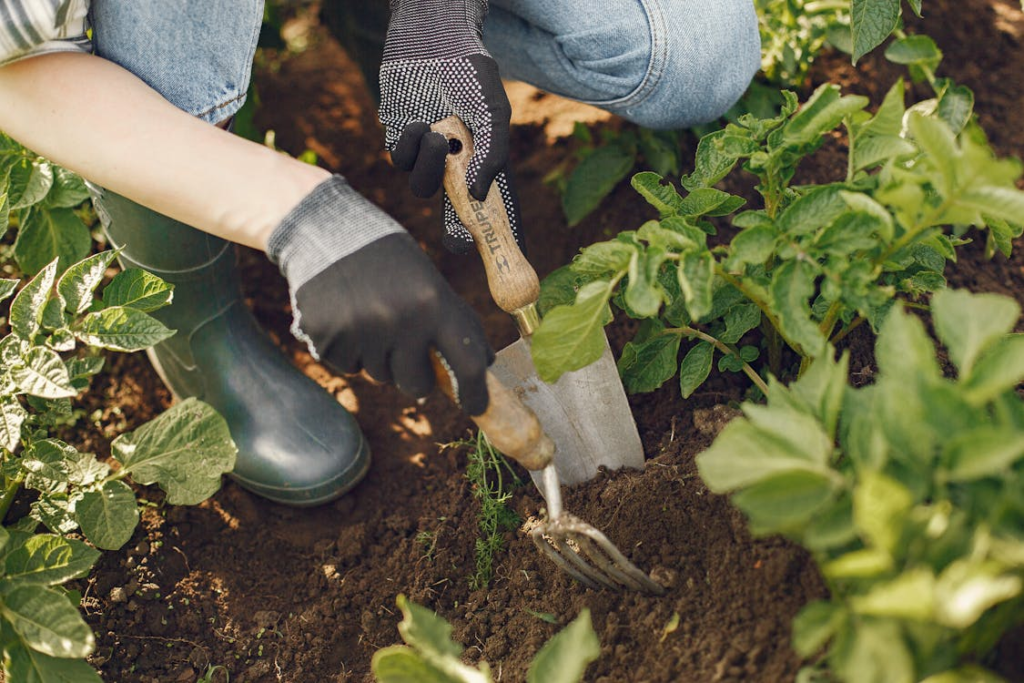
So, as you embark on this journey of growth and discovery, may your allotment be a source of joy, inspiration, and abundance. May you revel in the beauty of nature’s bounty and find solace in the simple act of tending to the land. And may your gardening endeavors bring you countless moments of happiness and fulfillment in the months and years to come.
Happy gardening, and may your allotment flourish beyond your wildest dreams!

